A post by
Annick Seiz
Ambassadress of Delight
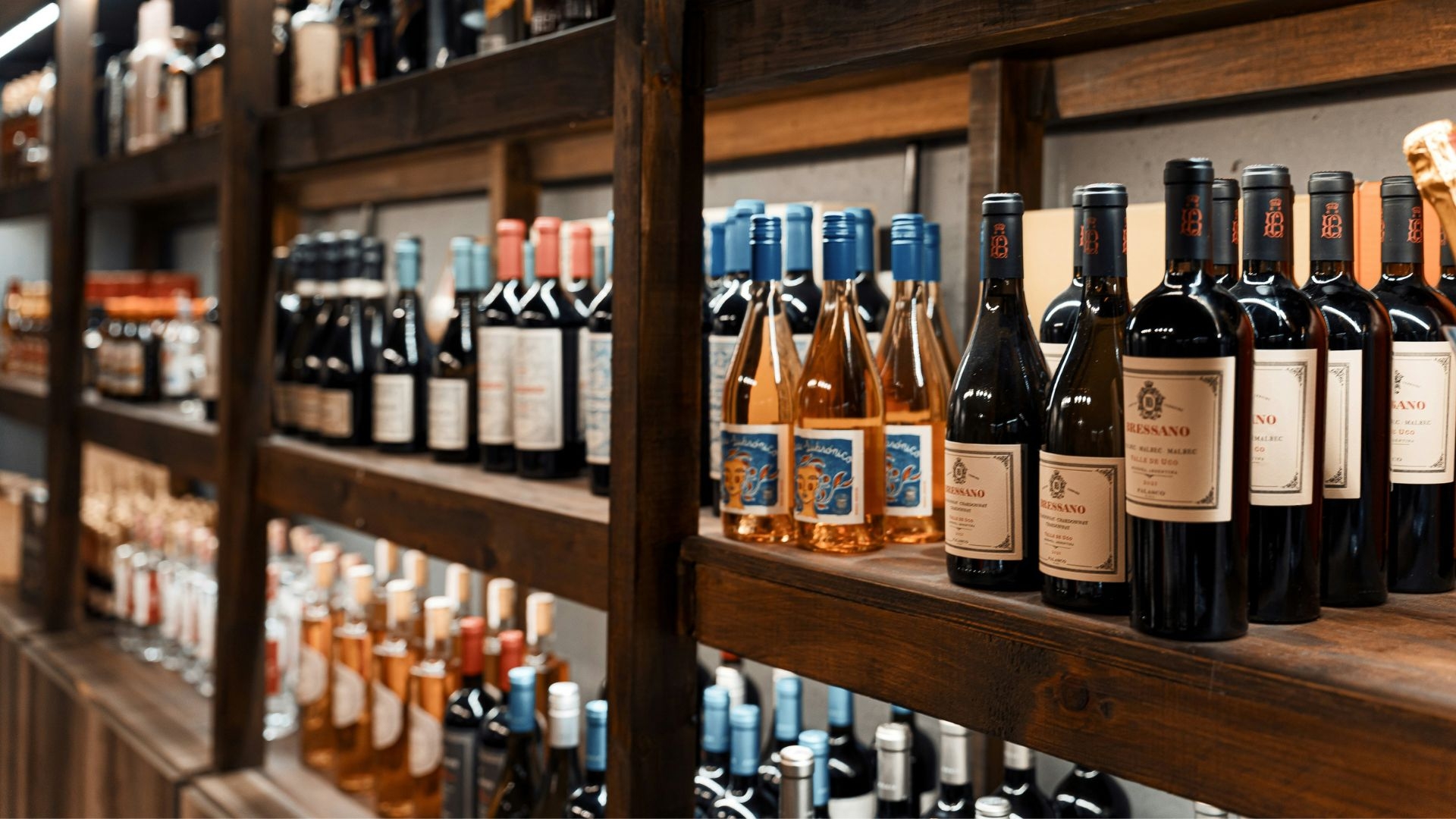
The international wine market is undergoing a fascinating phase of change: while traditional sales markets are weakening, the premium and luxury wine segment is experiencing impressive growth. Characterised by sustainability, health trends and an increasing demand for high-quality, convenient products, the international wine industry is facing fundamental changes.
Released on 09/09/2025
A post by
Annick Seiz
Ambassadress of Delight
The global wine market reached a value of approximately £463.5 billion in 2024 and is expected to grow to around £749.1 billion by 2033 (straitsresearch). In contrast, according to the OIV and IWSR, the industry recorded two negative record harvest years in 2023 and 2024, the lowest global wine production since 1961, due to extreme weather events (late frosts, drought, floods) in the northern hemisphere.
No/low-alcohol beverages are clearly on the rise. Non-alcoholic wine is expected to grow at a CAGR (compound annual growth rate) of around +7% between 2024 and 2028.
The USA remained stable at a high level, but with a clear shift towards premium brands. In 2023, the United States overtook France as the world's largest wine market with consumption of 29.1 million hectolitres. France, on the other hand, recorded a decline of 7% to 28.1 million hectolitres (falstaff).
Particularly striking is the development in China, where the wine market has been experiencing a decline in wine consumption for several years, falling by around 3.8% in 2023 (falstaff). Imports of bottled wine declined significantly in 2023, particularly in the premium segment, which is attributed to the overall economic situation and the strong preference for domestic spirits.
The US market remains the most profitable worldwide in terms of value, but is stagnating in terms of volume. Premium wines (>15 USD) are gaining ground, while inexpensive wines under 10 USD are losing significantly ([Silicon Valley Bank Wine Report][9]). The trend towards ‘drinking less, but better’ is particularly pronounced among millennials and Gen Z, who buy less frequently but purchase higher quality products.
Non-alcoholic/low-alcohol and canned wine are growing at double-digit rates, but remain a niche segment. At the same time, competition from CBD/THC beverages is increasing.
Direct-to-consumer (DtC) distribution is becoming increasingly central: clubs, subscriptions and personalised offers are developing into stable sources of revenue.
Technologically, the market is a pioneer in AI-supported viticulture (autonomous tractors, precision irrigation) and data-based marketing.
Threatened by trade restrictions and tariffs from EU sanctions, which particularly affect German, French and Spanish wines (lebensmittelpraxis+2).
France is losing its top position as the largest wine market to the USA. The wine-producing country is suffering from declining domestic consumption (2024: −3.6%; lowest figure since 1961) while at the same time enjoying strength in the export of luxury wines. Red wines in particular are losing ground, while white and imported sparkling wines are benefiting.
Sanctions and US punitive tariffs of 25% on bottled wines are weighing particularly heavily on the major French export markets, and the champagne market is also shrinking by over 9% in sales in 2024 (magazin.wein+1).
Italy remains the export champion, driven by sparkling wine (especially Prosecco) and DOC/DOP wines. In 2024, exports reached a value of €8.14 billion (+5.5%).
The domestic market is under pressure, but wine tourism and alternative packaging trends (organic, bag-in-box) are developing positively. Export markets such as the UK and the USA are crucial.
The British market is price-driven and promotion-dependent, with declining volumes.
English sparkling wine is growing at double-digit rates and positioning itself as an alternative to champagne.
New alcohol tax regulations (2023–2025) promote lower-ABV wines (12–12.5%) and make high-percentage imports more difficult. Canned and bag-in-box wine have entered the mainstream, especially among Gen Z.
In Germany, total consumption also fell to around 151 million litres (8wines). The German wine industry recorded declines in sales and turnover in 2024 (sales -6.6%, turnover -3.6%), with exports remaining stable. The catering industry, online trade, airlines and duty-free sector were particularly hard hit (deutscheweine+1).
Consumption is declining in Germany (per capita volume according to DWI 2023 approx. 19.9 litres; decline of approx. 4% compared to the previous year), while non-alcoholic and reduced-alcohol wines and rosé are growing. The reasons for this are demographic change, changing consumer behaviour and loss of purchasing power (deutscheweine). German wines are maintaining their market share, with sparkling wine and non-alcoholic/low-alcohol products offering growth potential.
There is increased investment in robotics and AI, both in vineyards and in catering planning.
In traditional European wine markets such as France, Italy, Spain and Germany, per capita consumption of traditional wines is falling steadily. This is due to changing lifestyles, growing health concerns and increasing competition from alternative beverages such as craft beer, spirits and ready-to-drink (RTD) products.
In the USA, UK, Scandinavia and Germany, the trend towards ‘drinking less, but better’ is growing: consumers are drinking less often, but investing in higher-quality products. Demand is thus shifting from volume to value orientation.
Generation gap: While baby boomers still consume comparatively large amounts, Gen Z and millennials are driving new behaviour patterns. These younger target groups are more experimental, health-conscious and digitally savvy. Wine scores particularly well with them when it offers low-threshold formats (e.g. cans, bag-in-box, mixed drinks), is visually and socially appealing, and is accompanied by authentic storytelling.
Trends
Recent years have been characterised by strong diversification and innovation in the wine market. While traditional red wines are losing market share in several core markets, lighter, fresher styles, sparkling wines, rosés and no- and low-alcohol products are gaining in importance.
The most dynamic growth segment remains the market for non-alcoholic and reduced-alcohol wines, driven by health and wellness trends and changing consumer habits. The leading markets are the UK, Scandinavia, the USA, Germany and, increasingly, Brazil. Between 2022 and 2024, this sector recorded double-digit growth rates, with purchasing motives shifting from a purely health-oriented focus to taste, brand and availability. Technical quality – for example through vacuum distillation – has improved noticeably.
Rosé has evolved from a seasonal product to a year-round phenomenon. Provence remains the benchmark, followed by Italy and Spain. Prosecco remains the global volume driver, while classic prestige sparkling wines are suffering in some cases from the trend towards ‘trading down’.
Orange wines (skin-contact wines), white wines produced like red wine, have made the leap from niche to mainstream – especially in urban scenes such as New York, London, Berlin, Tokyo and Sydney. At the same time, consumers are looking for new taste experiences, for example through indigenous grape varieties.
The concept of ‘old vines’ is increasingly establishing itself as a quality and marketing argument. South Africa's ‘Old Vine Project’ is internationally regarded as a pioneer. Old vines are increasingly being communicated on labels and are a sign of terroir and character for premium customers.
Canned wines, bag-in-box wines, etc. are booming – driven by outdoor, festival and camping consumption, especially in the USA, Australia and Scandinavia. These formats combine pragmatism, sustainability (easy transport, lower carbon footprint) and accessibility for younger target groups.
Demand for organic, biodynamic and ‘natural’ wines continues to grow strongly, especially in France, the USA, Scandinavia and Japan. Despite the lack of a uniform definition for natural wines, demand for “authentic” and ‘less interventionist’ styles dominates.
Sustainability is no longer a niche topic, but shapes the entire value chain of the wine industry – from the vineyard to production, packaging and marketing.
Beyond classic organic and biodynamic approaches, regenerative agriculture is becoming increasingly important. The aim is to improve soil health, promote biodiversity and sequester carbon in the soil.
Packaging is a key lever for reducing emissions. The trend is towards lighter glass bottles, recycled glass, bag-in-box, cans and innovative paper bottles. Scandinavia is considered a pioneer in this area. Regulatory measures – such as the UK Duty Reform – and rising transport costs are further accelerating this change.
In recent years, the wine industry has undergone significant digital and structural change in marketing. While traditional sales channels are stagnating, direct-to-consumer (D2C), e-commerce and social commerce are gaining in importance. Wine club memberships, subscription models and exclusive pre-releases are becoming key tools for customer retention and are contributing to higher margins.
Modern CRM and AI-supported tools enable individualised customer communication: platforms such as Instagram and TikTok – especially under the hashtag #WinTok – have become key factors in reaching younger target groups such as Gen Z. 100% of the wineries surveyed actively use Instagram, while X (formerly Twitter) is largely losing importance. magazin.wein Winemakers and sommeliers are increasingly acting as influencers, with short, visually appealing videos (Reels, TikTok clips) dominating communication. China is a pioneer in this field, where social commerce via live streaming (Douyin, Xiaohongshu) generates enormous sales volumes, especially for imported wines from France (Bordeaux).
The success of a wine brand increasingly depends on the credibility and authenticity of its story. This trend is global and is reinforced by the demand for terroir, transparency and provenance.
Another growth driver is upmarket wine tourism. Wineries are investing specifically in architecture, gastronomy (including Michelin-starred cuisine), hotels and experiential formats such as harvest events and blending workshops. This form of experiential marketing is developing into a key source of revenue.
The international wine market is undergoing a phase of technological and structural transformation.
Start-ups in California, Israel and Europe are developing wine from cell cultures, which is produced without traditional grape cultivation. These processes promise maximum resource conservation, minimal land use and no pesticides. However, the technology is still in its infancy and raises fundamental questions about the legal definition of ‘wine’ and consumer acceptance.
The use of artificial intelligence (AI), drones, satellite data and robotics is rapidly gaining importance. Large farms are already using remote sensing, sensor technology and machine learning to optimise vine health, irrigation, disease prevention and harvest planning.
Climate change remains the dominant factor worldwide.
More and more wineries are striving for carbon neutrality, including through regenerative agriculture, carbon offsetting and the introduction of climate-resilient grape varieties. Research into PIWI (fungus-resistant) varieties is being heavily promoted, particularly in Germany and Switzerland. Traditional regions such as Bordeaux have begun to integrate more heat-tolerant grape varieties into their AOC regulations. At the same time, cooler regions (more powerful Pinot Noir, sparkling wines) are benefiting from the rise in temperature.
Digitalisation is increasingly affecting the entire value chain. In addition to AI-supported marketing and CRM systems, new sales models are emerging, such as direct-to-consumer clubs with personalised community events. Some pioneers are experimenting with NFTs and blockchain to link ownership rights, provenance and exclusive experiences. However, it remains to be seen whether these approaches will prevail in the long term.
Areas of tension that need to be resolved now and in the future
The global wine market is a reflection of our times: full of contrasts, combining decline and growth, tradition and modernity, sustainability and premiumisation. Those who focus on sustainability, authentic stories and smart formats now will not only survive the change – they will shape it. The future belongs to the brave who redefine premium and at the same time strike a chord with a health-conscious, experimental generation.
Machine translated
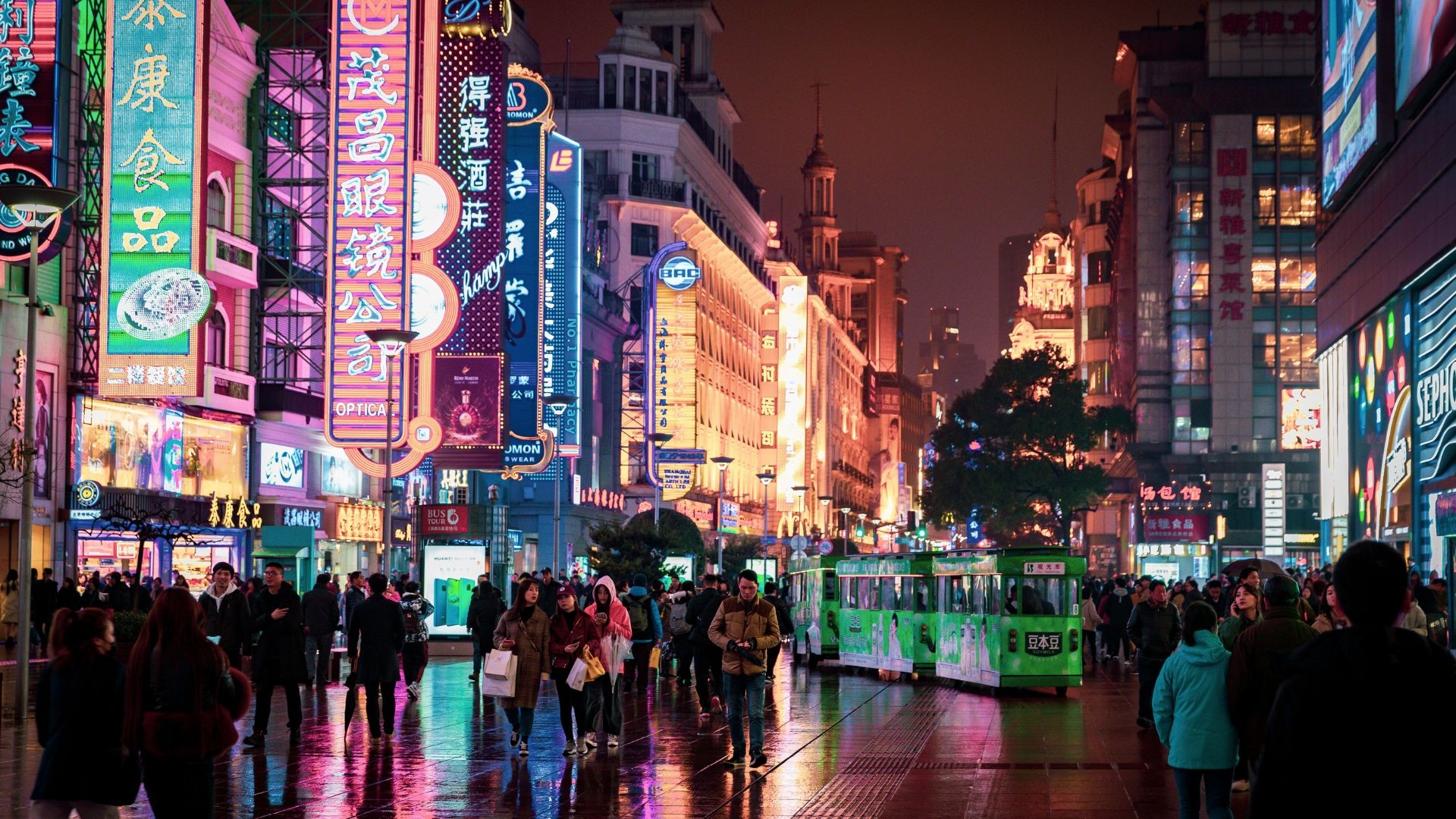
Market data
A post by Susanne Blüml
Read more
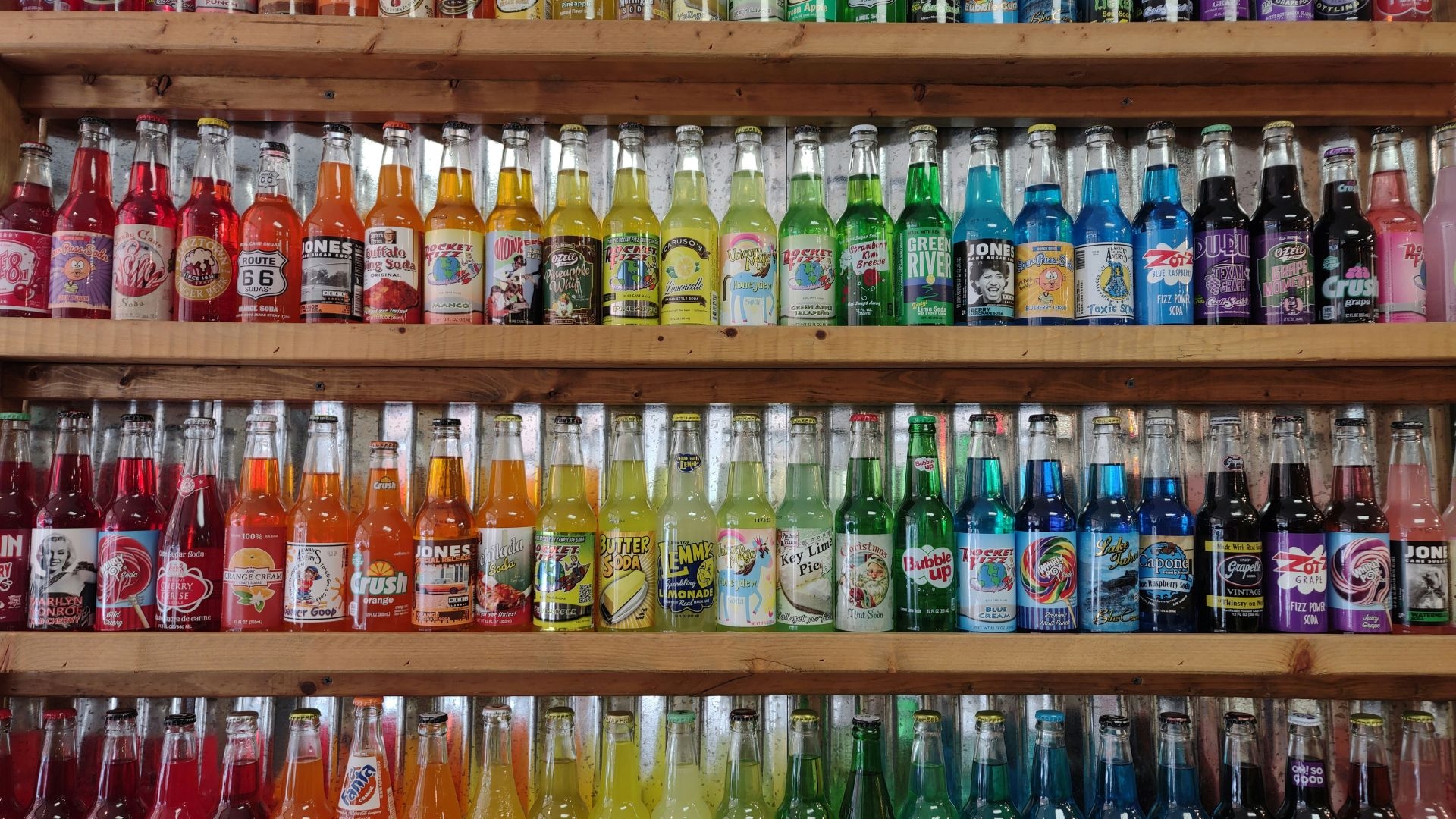
Market data
A post by Susanne Blüml
Read more
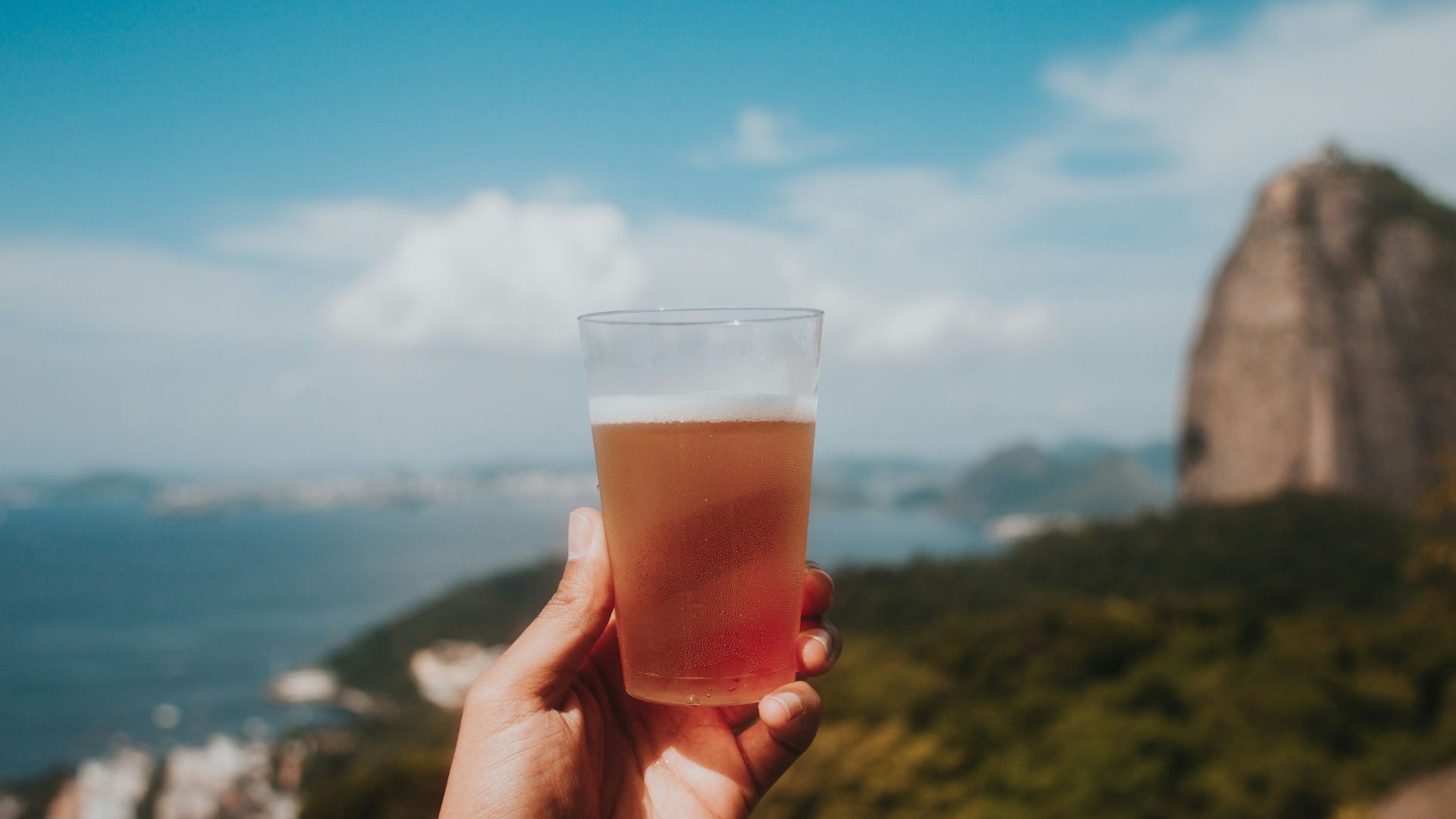
Market data
A post by Eugene Gerden
Read more
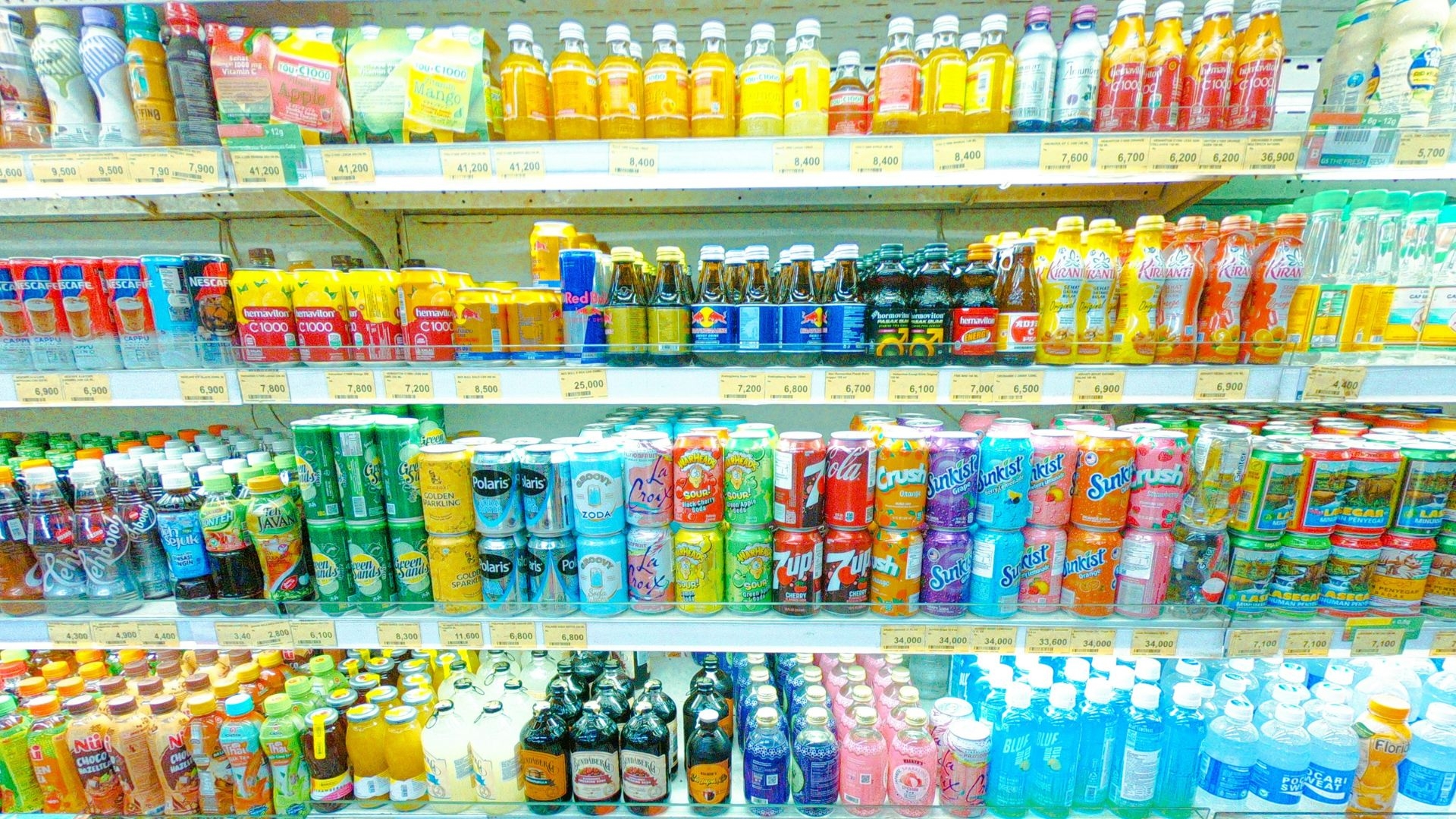
Market data
A post by Susanne Blüml
Read more